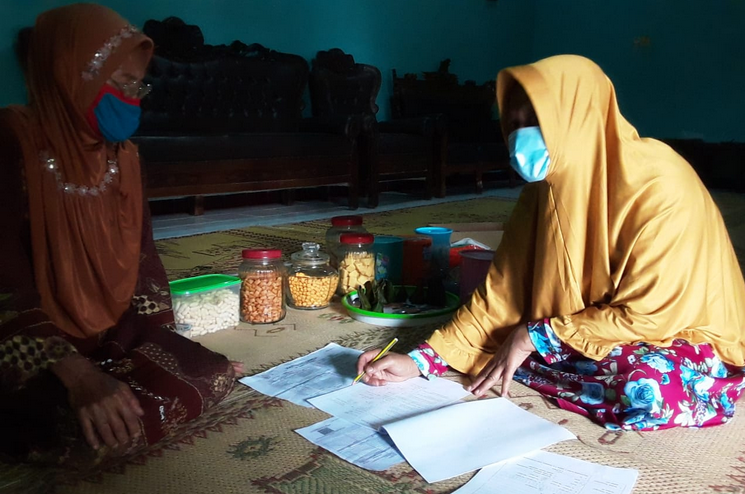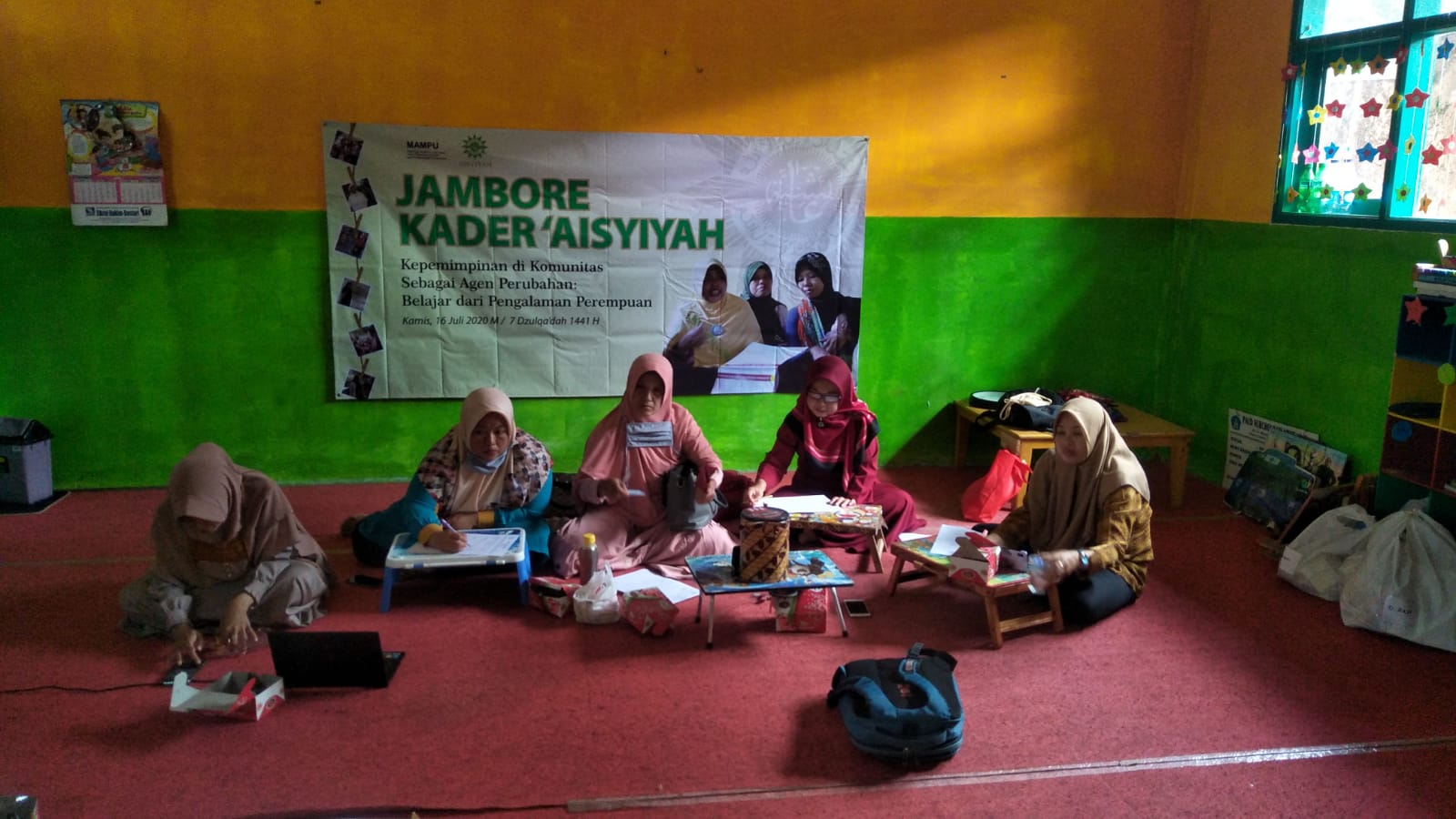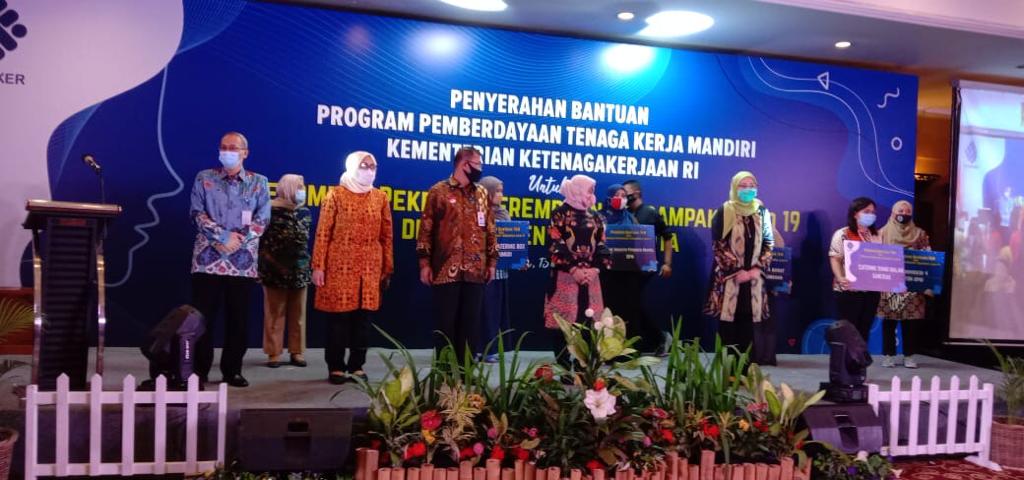Event
Brown Bag Lunch: Understanding Determinants of Maternal Mortality in Indonesia
2 June 2016Author: admin
On Wednesday, 1st June 2016, MAMPU held a monthly Brown Bag Lunch discussion. This is MAMPU’s medium to share MAMPU’s knowledge to various networks. MAMPU will use the research findings to support MAMPU’s works through our partners.
The discussion theme was “Understanding Determinants of Maternal Mortality in Indonesia”, based on research conducted by Lisa Cameron, Diana Contreras Suarez, and Katy Cornwell from Monash University, Australia in collaboration with MAMPU.
The research explanation presented by Diana Contreras Suarez, Post-doctoral research fellow in Centre for Development Economics and Sustainability at Monash University.
Diana mentioned that this 1,5 year research, consist of 3 main components: 1) Literature review of the determinants and trends in maternal mortality, 2) Using DHS identify the possible reasons for MMR increase between 2007 and 2012, and 3) Examination of the relationship between maternal deaths and availability of medical attention and demographic characteristics.
Some of the research conclusion are:
- Education and socio-economic status has a strong predictive effect on Maternal deaths.
- There is great variation in both demographics, access to health services and maternal mortality ratios across Indonesia.
- Returns to village health facilities and services (posyandusand midwifes) have possibly reach its limit.
- Large part of the differences in MMR are due to access to hospitals and doctors. This is likely to improve outcomes in the most difficult cases and in the most remote areas. Challenge given the geographic nature of the country.
- However, most of the actual maternal deaths occur in the most populated areas (Java-Bali: 46%) where high access to health services already exist.
To close the presentation, Diana explained about ongoing challenges in Indonesia, that are:
- Quality: This includes improving the training, expertise and experience of the health workforce; improving the quality of health facilities and other ancillary services to ensure needs are met to acceptable standards.
- Co-ordination: Looking at the needs of women and children through a prism of treatment guidelines, and addressing the gaps in services (e.g. the lack of obstetric services) that mean all dimensions are adequately covered in a timely manner.
- Coverage: Taking a closer look at the spatial variations in access to services and the quality of those services, and addressing regions of significant disadvantage.
The presentation material of this discussion can be downloaded in the upper left side of this article.














